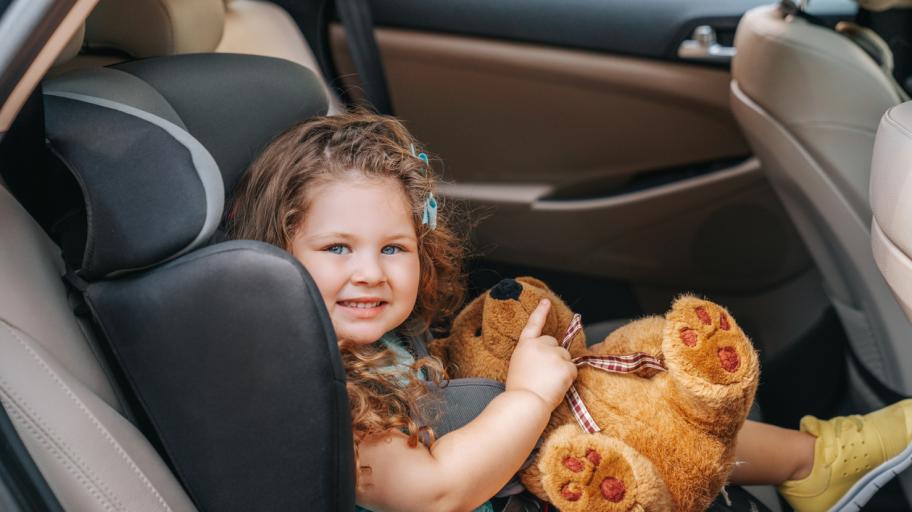Traveling with children who vomit in the car is not pleasant at all.
Kinetosis (nausea when traveling) is a general feeling of weakness, nausea, vomiting, sweating, which is caused by repetitive movement. These complaints develop when the inner ear, eyes and other parts of the body detect the presence of movement, but send mixed signals to the brain. Any type of transport (car, ship, plane) can cause kinetosis.
Children are more likely to suffer from travel sickness than adults. About half of children between the ages of 4 and 10 have complaints in a car, plane or boat. Girls are more susceptible to kinetosis than boys.
What are the symptoms of travel sickness?
The most common symptoms include:
o Nausea
o Increased salivation
o Vomiting
o Pale face
o Sweating
o Dizziness
o Headache
tips to prevent travel sickness
If your child is nauseous while traveling, there are several proven ways to help him avoid nausea and dizziness:
Let the child have something to do in the car that does not provoke his complaints. Don’t let him look at or read a book.
Overeating often provokes nausea and dizziness in the car. When traveling, avoid heavy, spicy and fatty foods.
Do not eat foods with a strong odor while traveling.
Do not smoke in the car when the child is with you. Tobacco smoke often causes nausea and vomiting in young children who are on the road.
Let him eat dry biscuits.
Try to choose the place in the vehicle where the child feels as little shaking as possible.
In the car, let it look into the distance. If you are on a ship or yacht, go to the deck and watch the movement on the horizon. In an airplane, put him on the window seat and look out. There is the least shaking in the seats above the wings of the aircraft.
The best way to stop travel complaints is to stop moving. If you cannot stop the journey, have the child sit or lie down in the part of the vehicle where there is the least movement.












